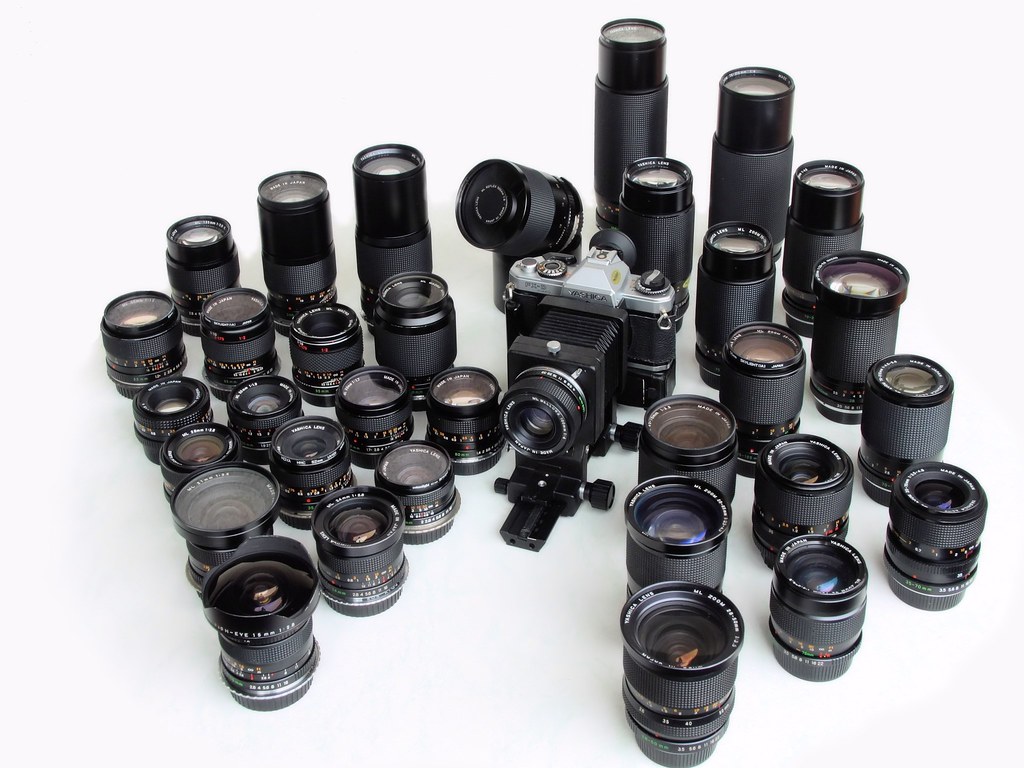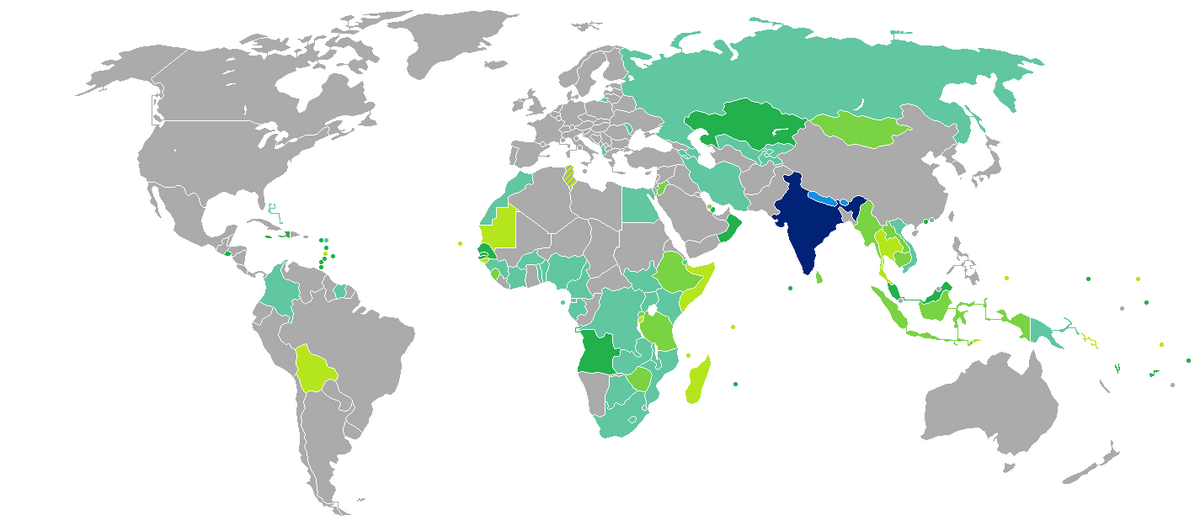The Quadcopter
31.10.15I have been flying s toy quadcopters for a while now. The type of photo opportunities a quadcopter opens up is stunning if you haven't ...
31.10.15
If you are totally new to the sport, I highly recommend buying a toy quadcopter first. These toy quad copters are available for anywhere starting from 20 bucks to 50+ for something with a 720p camera. I started off with a Syma X11C, but there are plenty to choose from. They require little to no setup, and are surprisingly robust (mine have taken a lot of crashing, and I am yet to replace props). More importantly, you get to know whether it is for you, and to gauge whether the butt hurt of your custom setup is worth it.
I am past that stage, I think I know I want a photography drone for my travels. Since I am on a motorcycle, I want this to pack up compact. I also want to mount my POV camera on it for footage, and I also want some stabilized footage. Since we are talking about what I want, it should do 20+ minutes of flight times, be resilient to winds - which the Syma 11C sucks at. and should also be fairly field repairable. I am happy to buy something off the shelf if it exists, but one week of googling later, I realized no one makes anything like this, in my price range (500-600 dollars total excluding camera). The DJI Phantom is the closest, but that darn thing can't be packed up into my top case. So, I am on the quest to rig something up.
Planning
It only takes a couple of hours to see that there is a huge amount of disorganized information out there. A lot of it is confusing and daunting. When I get on with the build, I'll try to add some documentation to make this a little more cleared to the next person attempting this. As a noob at the custom quad scene, I am tackling this project in three milestones. This allows me to make progress and not get swamped by the jargon or the large number of confusing steps. Each one of these is independent of each other, and it's important to complete these in order. At the end of each step, I will have a functioning unit, albeit missing some functionality.A word of caution, going down this path requires that you are familiar with electronics, and at the least know how to solder and crimp connections. There is help available online, but you should know what the hell you are doing.
Base quadcopter setup
There are several parts that make up a quadcopter. Essentially, you need to think of these components:- Quad base/frame: Every design starts somewhere, and the frame is a good starting point because the rest of the components fall into place once you decide on a frame. Frames are rated in mm, by the distance of the wings across their diagonal. See this photo from rcgroups of a 450mm frame for reference:
I really wanted to go as small as possible, but reading up made me realize I have to go to around 400mm for the main goals I had. Once that was sorted, my mission was to look for a portable frame. I saw one called an HJ-H4 Alien 450mm (wtf? who comes up with these names?) on amazon, and decided to go for it. I don't see any frame packing smaller than that, so why not. One look at this image on amazon of the frame with arms folded, and I was sold:Feature Small Quad (Mini, <250mm) Large Quad (400mm+) Smaller Battery Size (easier to recharge and carry) 

Portability 

Less likely to attract attention 

Less Dangerous in a crash situation 

Easier to Fly 

Wind Resistance/Stability 

Additional Payload (Camera, gimbal etc...) 

Longer Flight times (~20-25 minutes) 

- Propeller Size: Remember how I said start with the frame, and everything starts falling together? Once you have decided on the frame size, the propeller size is an easier choice. A larger prop makes the quad more stable, more efficient, allowing bigger payloads. The downside is agility - a large prop makes it harder for a quad to go quick turns. I want stability, and slower turns are a plus for videography - quick movements cause motion blur, headaches. Plus I am in no hurry if I am filming. And if the footage is too slow, I can always speed it up in post processing. Basically, I wanted to go as large as I can without cross turbulence, but for for instance, in a racing setup you have opposite goals.
- Motor size: This is easy once you have the prop size figured out. There are calculators for this kind of stuff.
- Motor ESC: Again, once you have the motor size
- Flight Controller: There is no shortage of options here, but narrowing down on a choice became remarkably easy. DJI is the 800 pound gorilla in this industry, and their products are by and large idiot proof and geared towards the video crowd. And this is a good thing in my book. Other honorable mentions include 3dr pixhawk and openpilot in a long tail of choices, but the DJI makes setup simple, and is considered one of the most stable in the rc crowd. After looking through the variants that DJI sells, I decided on the DJI Nazsa v2.
- Battery: The bigger the better, but no bigger than I can carry.











